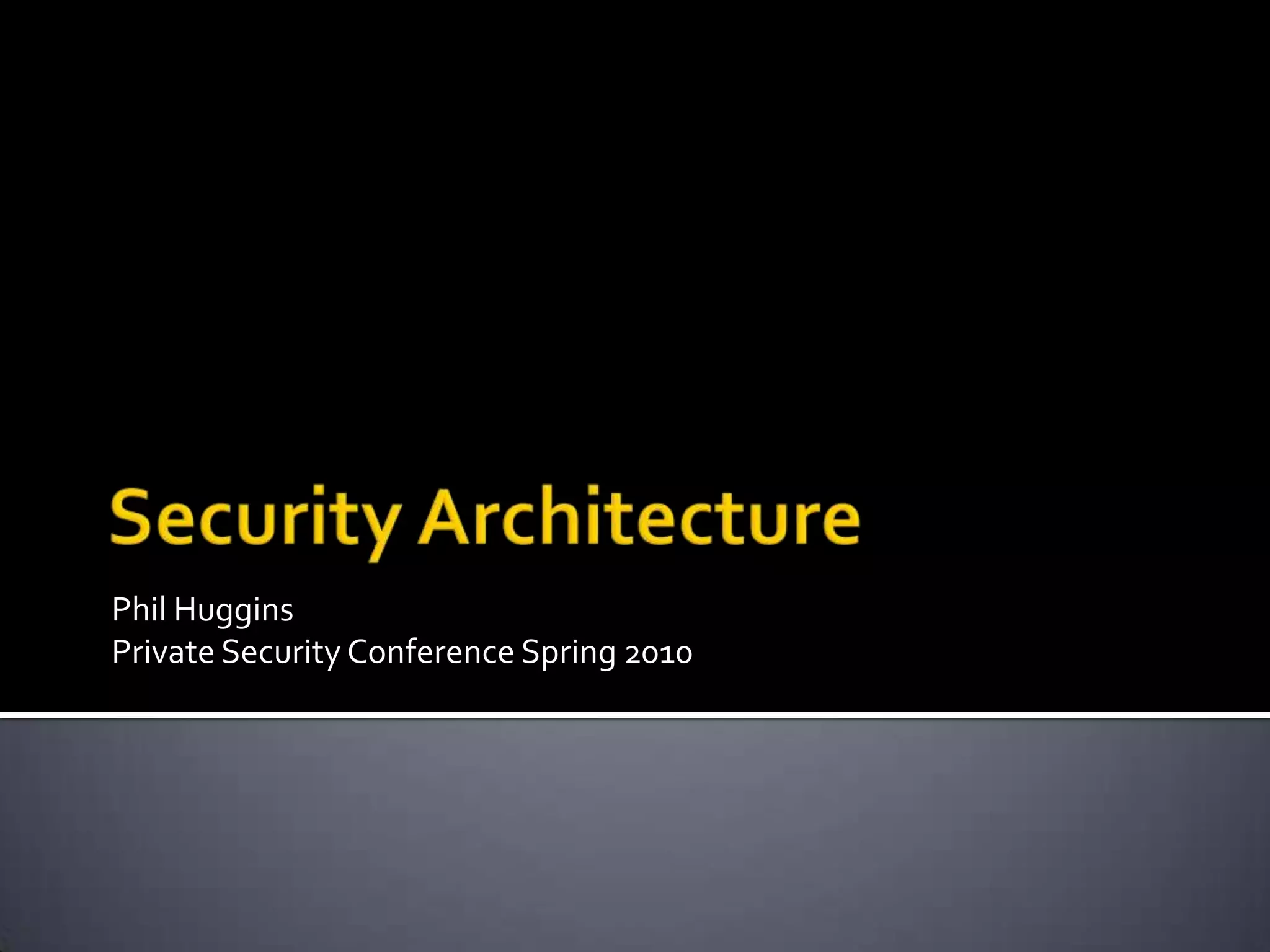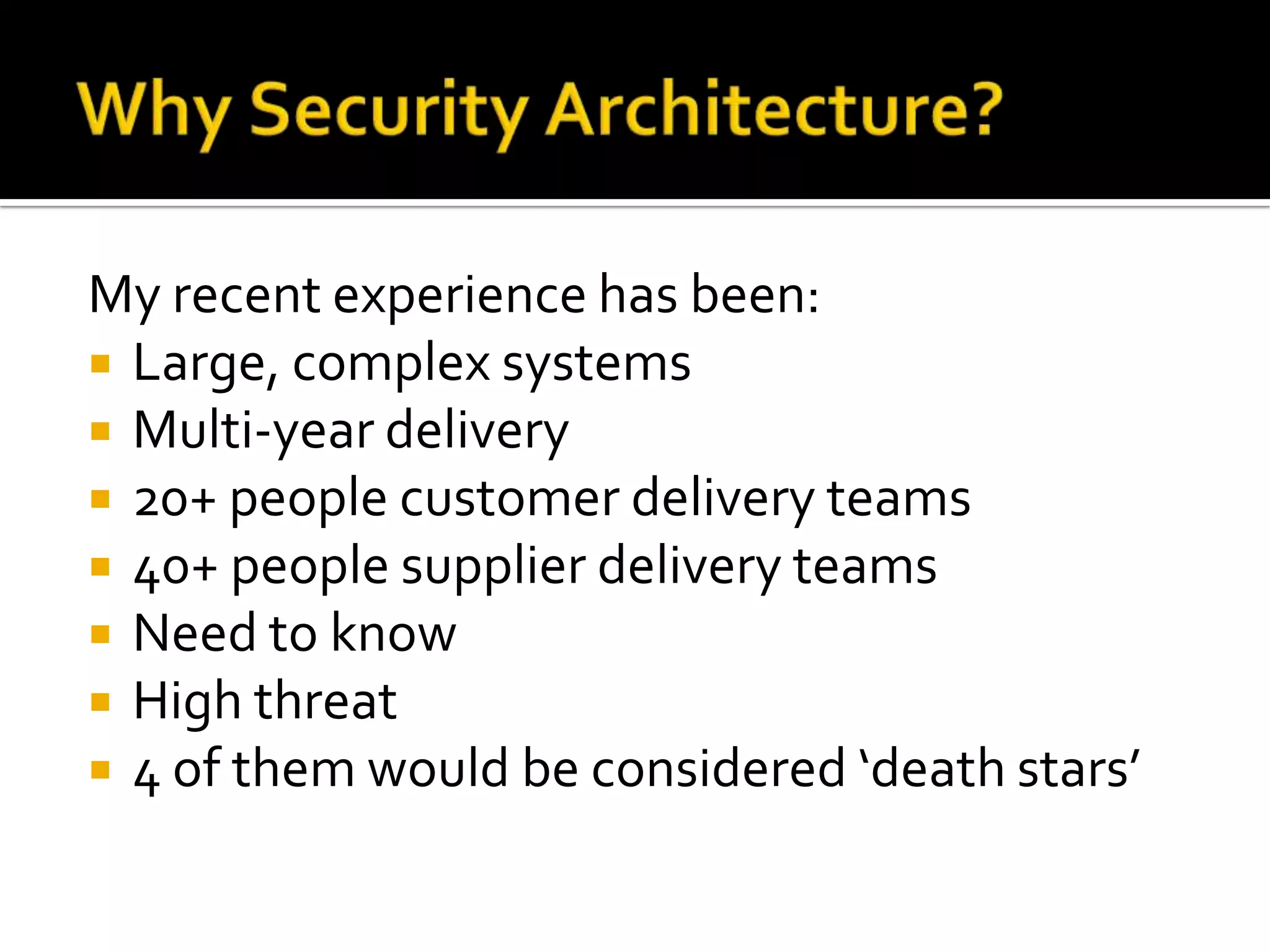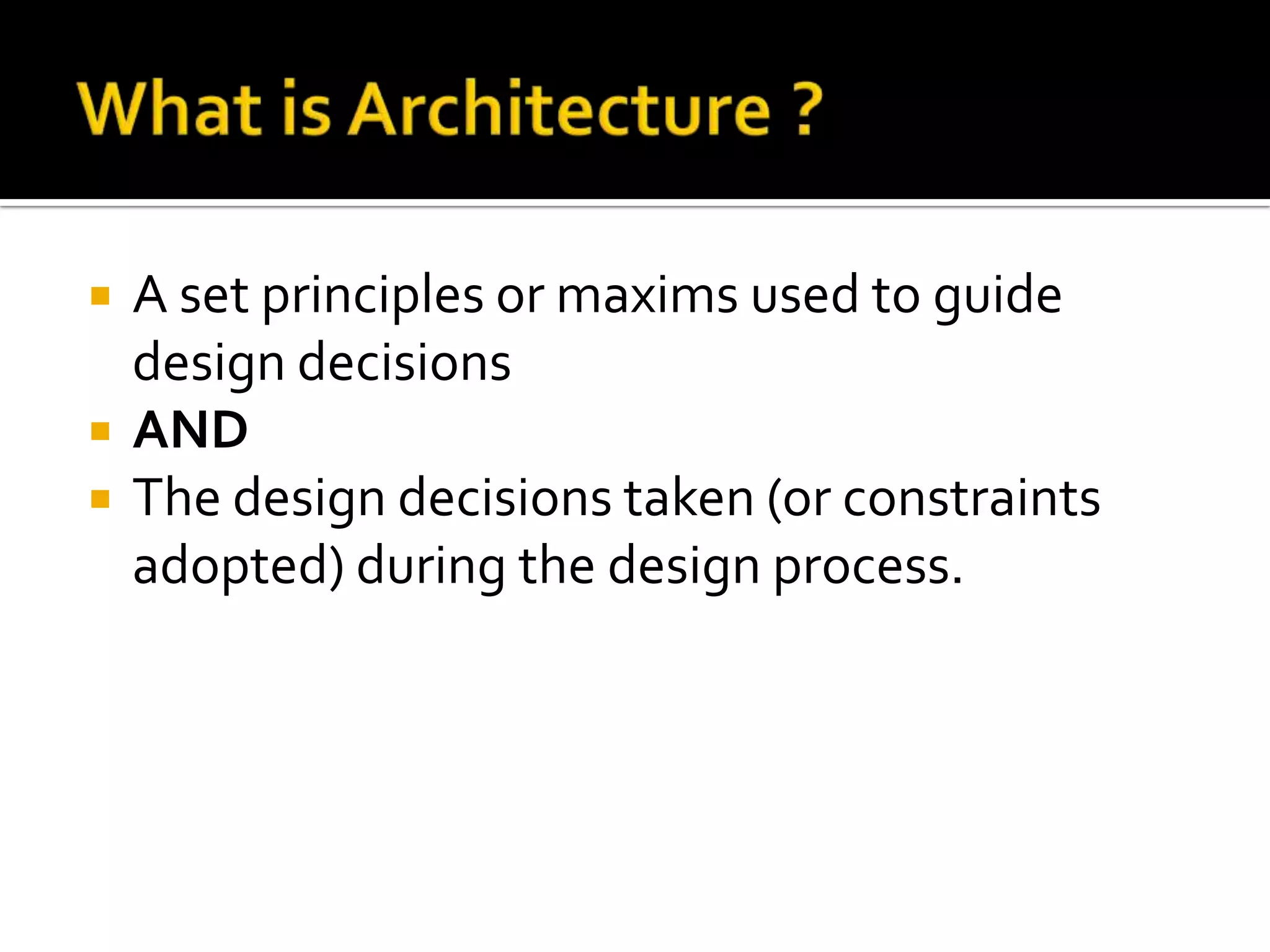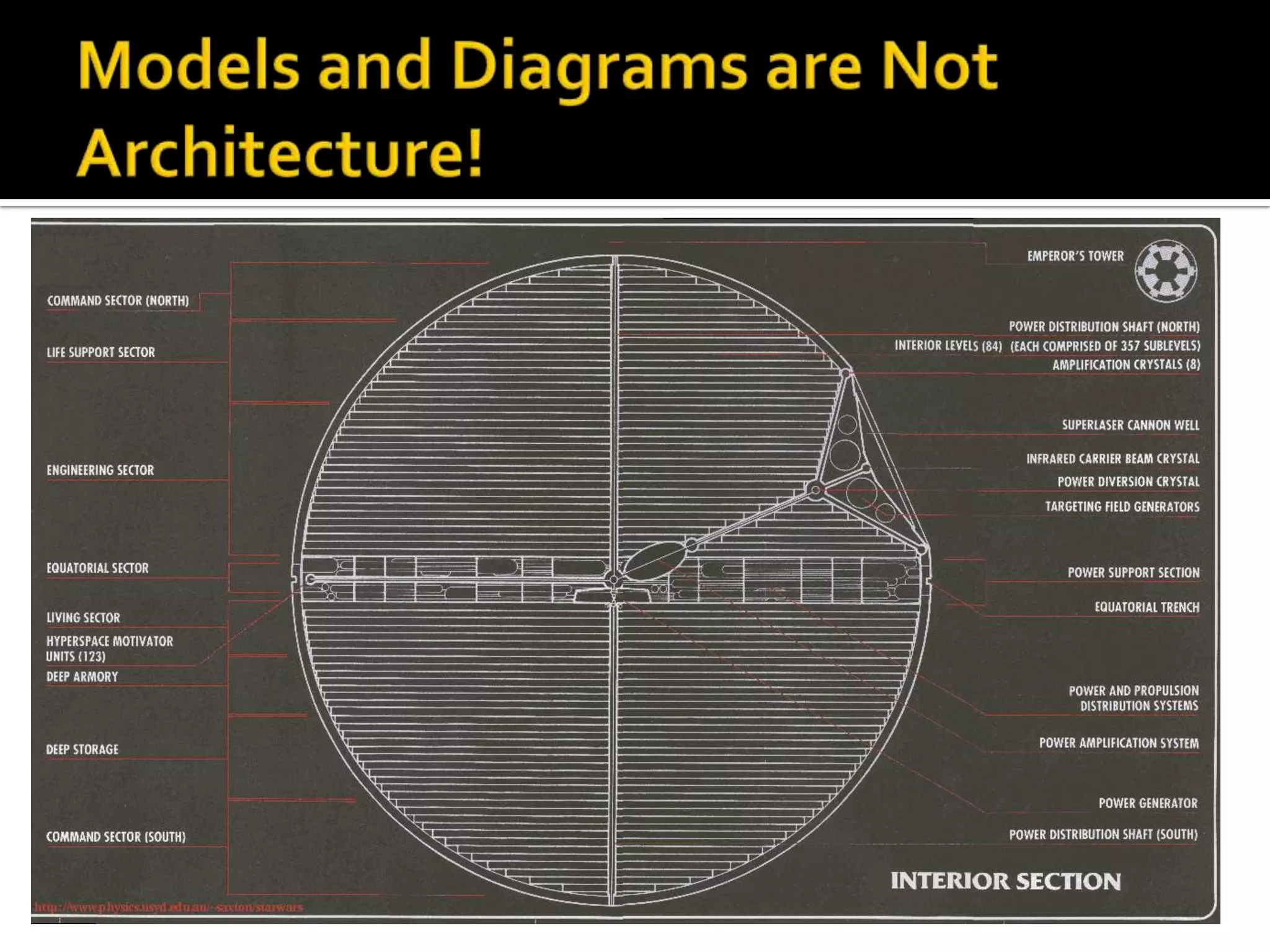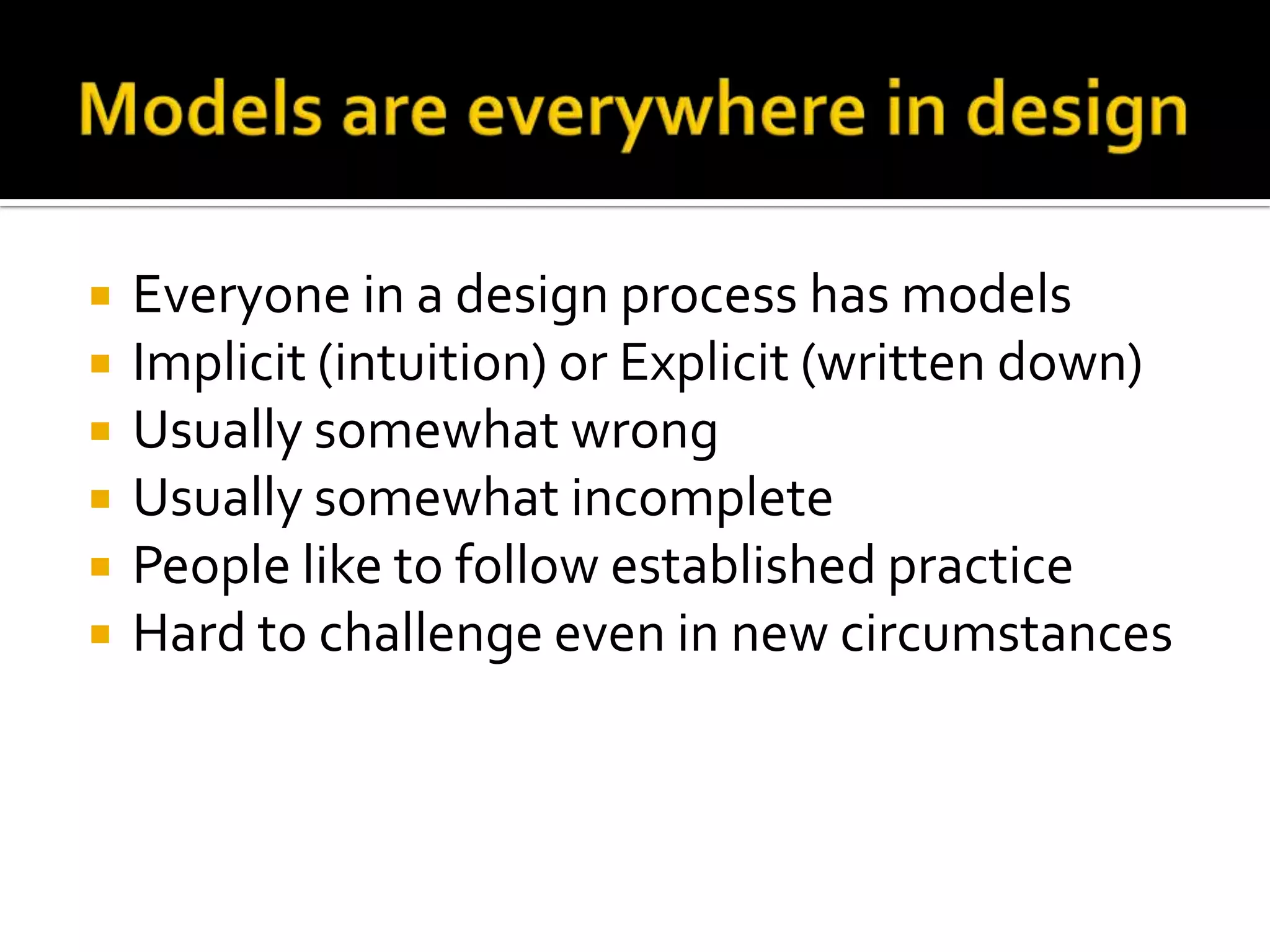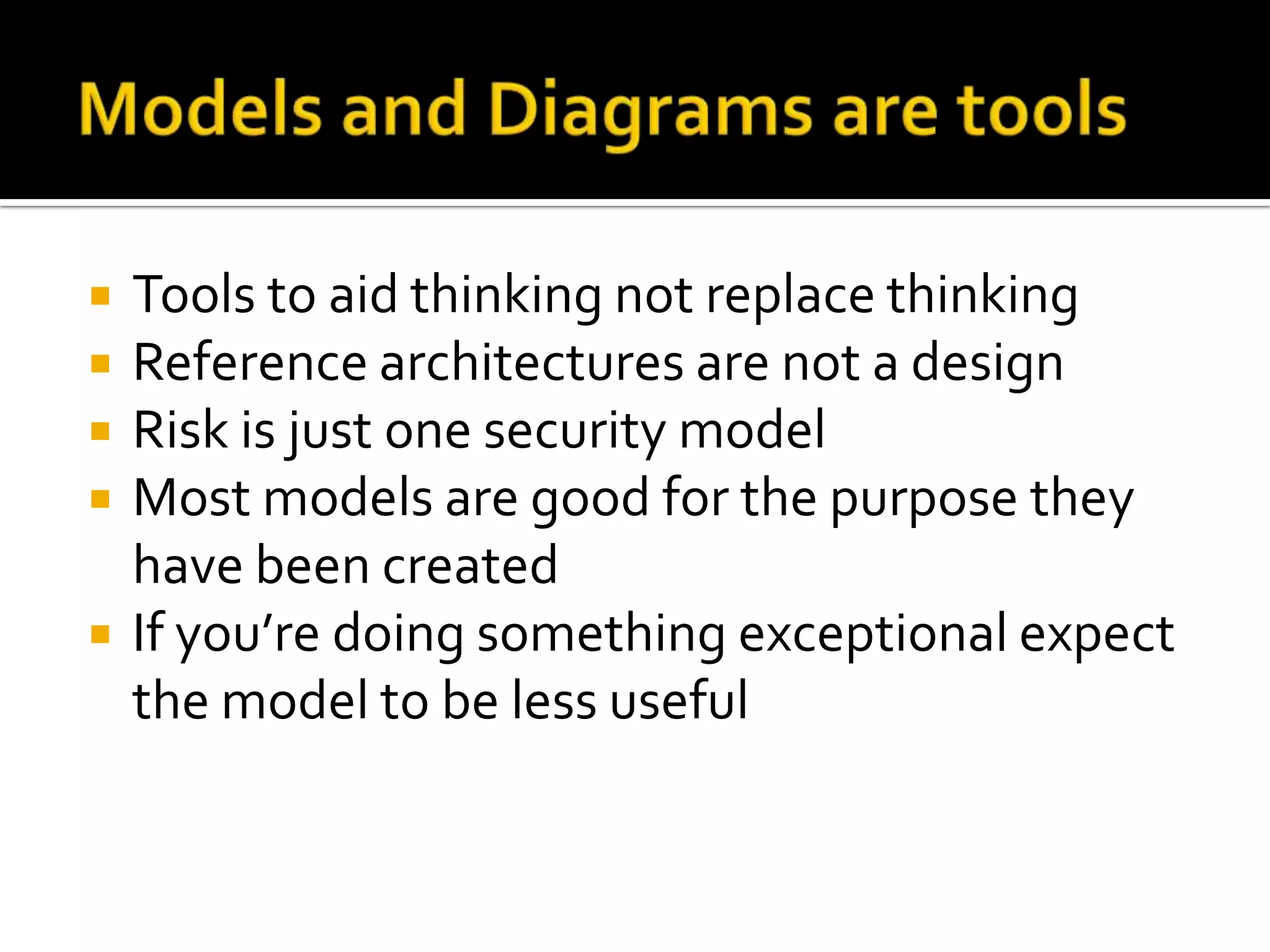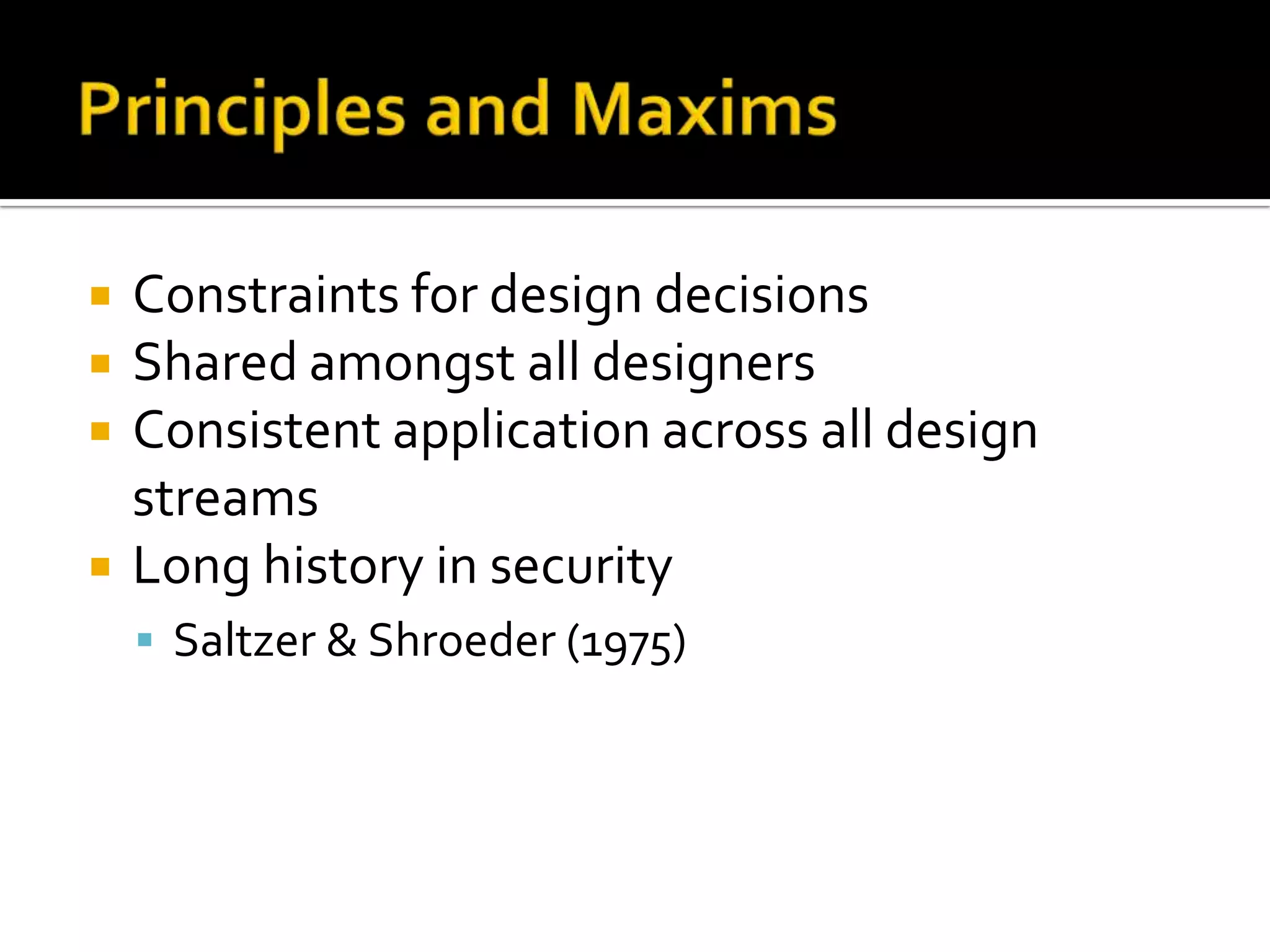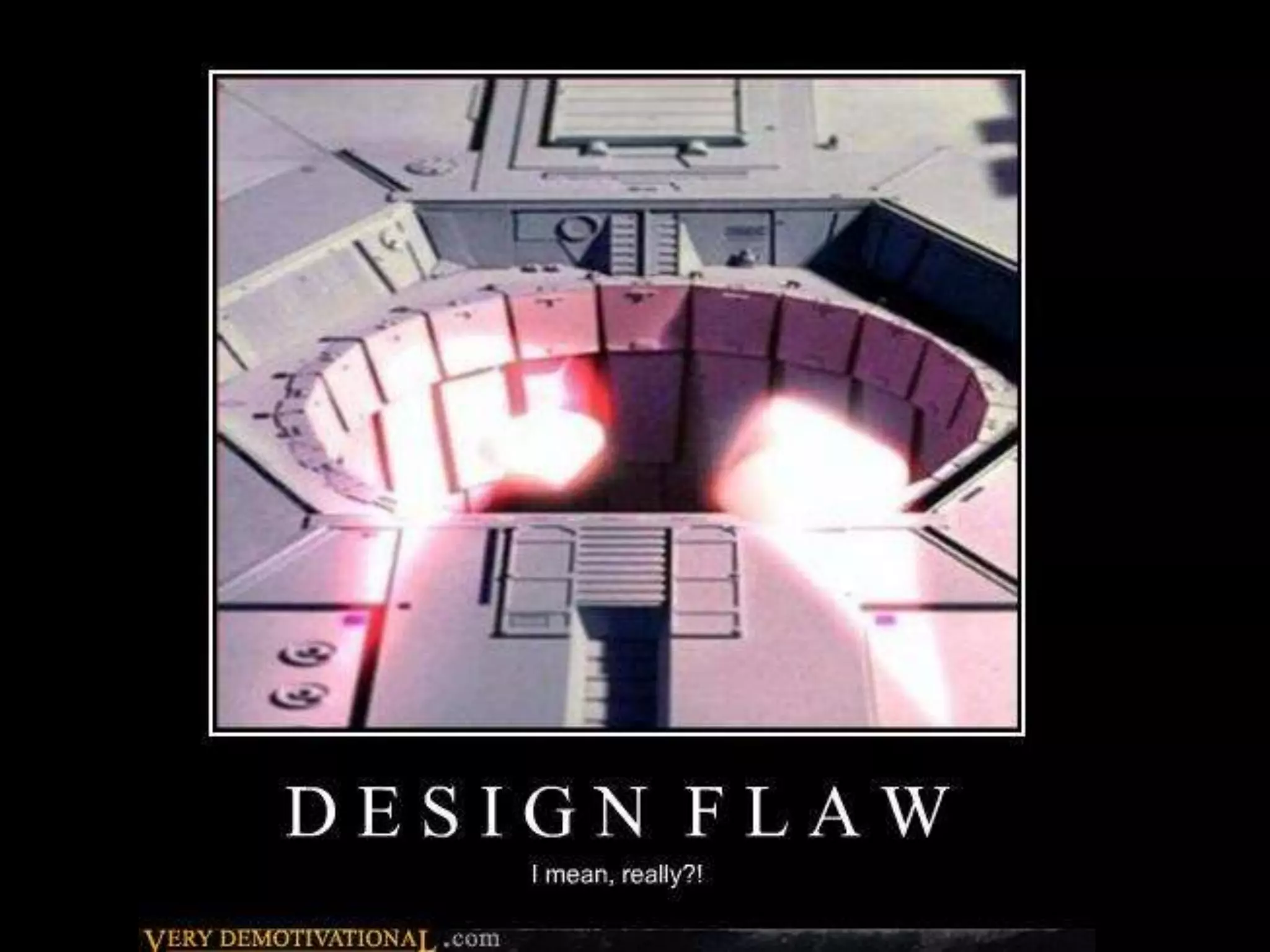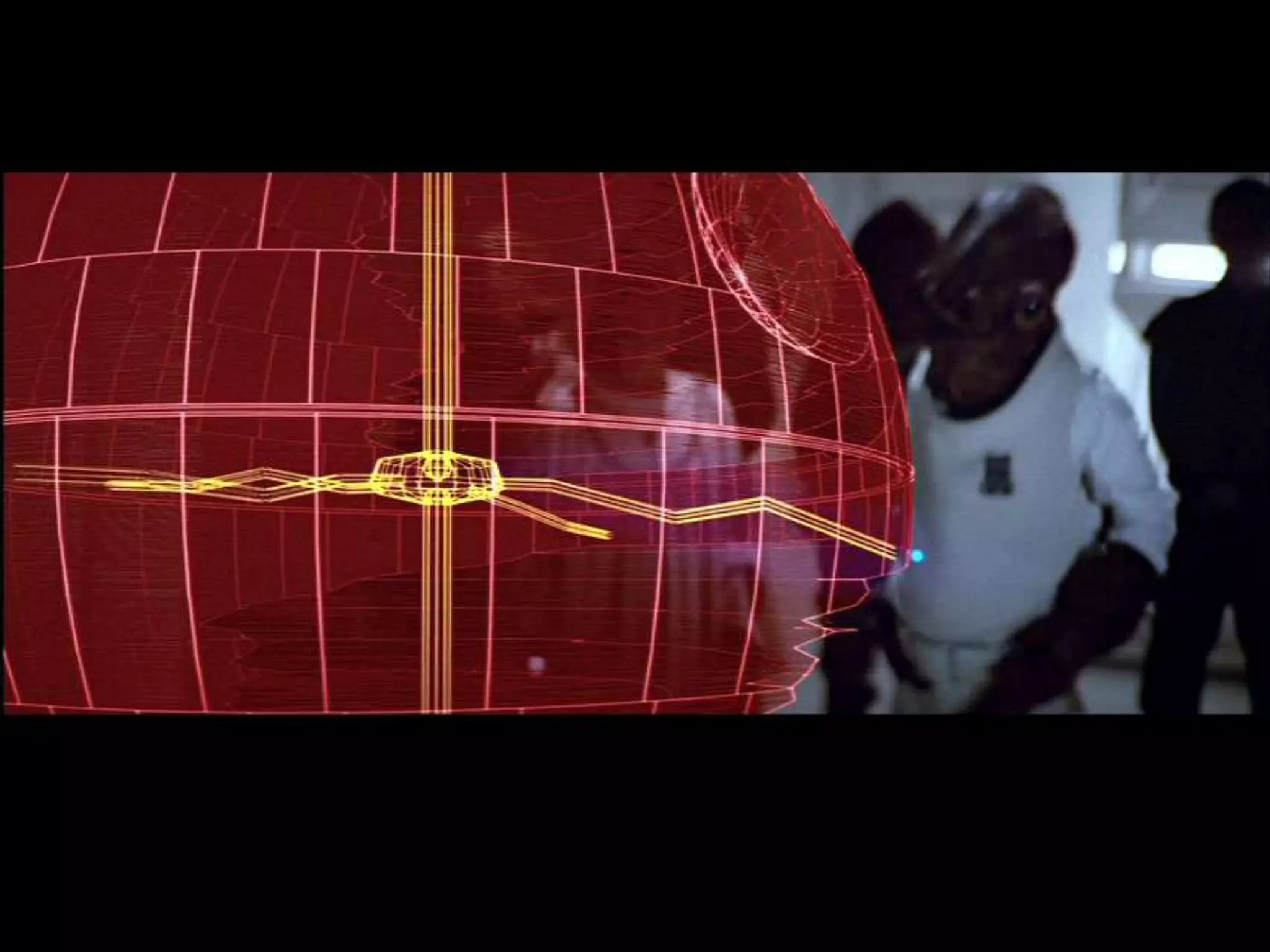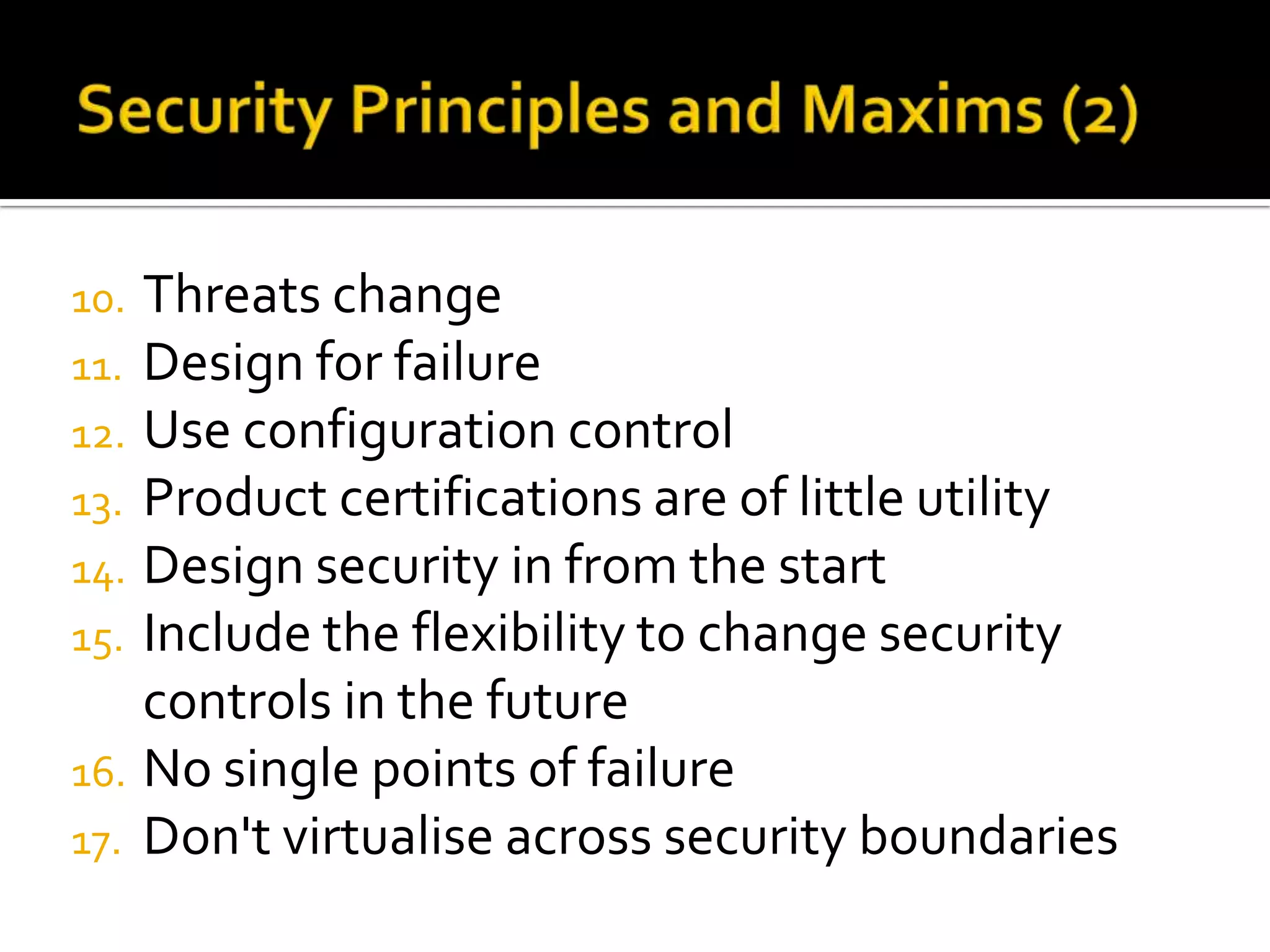Phil Huggins gave a presentation at the Private Security Conference Spring 2010. He discussed his experience delivering large, complex security systems for customers over multiple years. These systems involved teams of 20+ customer employees and 40+ supplier employees. He stated that 4 of the systems would be considered as threatening as the Death Star from Star Wars. Huggins also talked about the importance of having shared security principles and design constraints to guide development teams and ensure consistent security application across all aspects of the system design.
